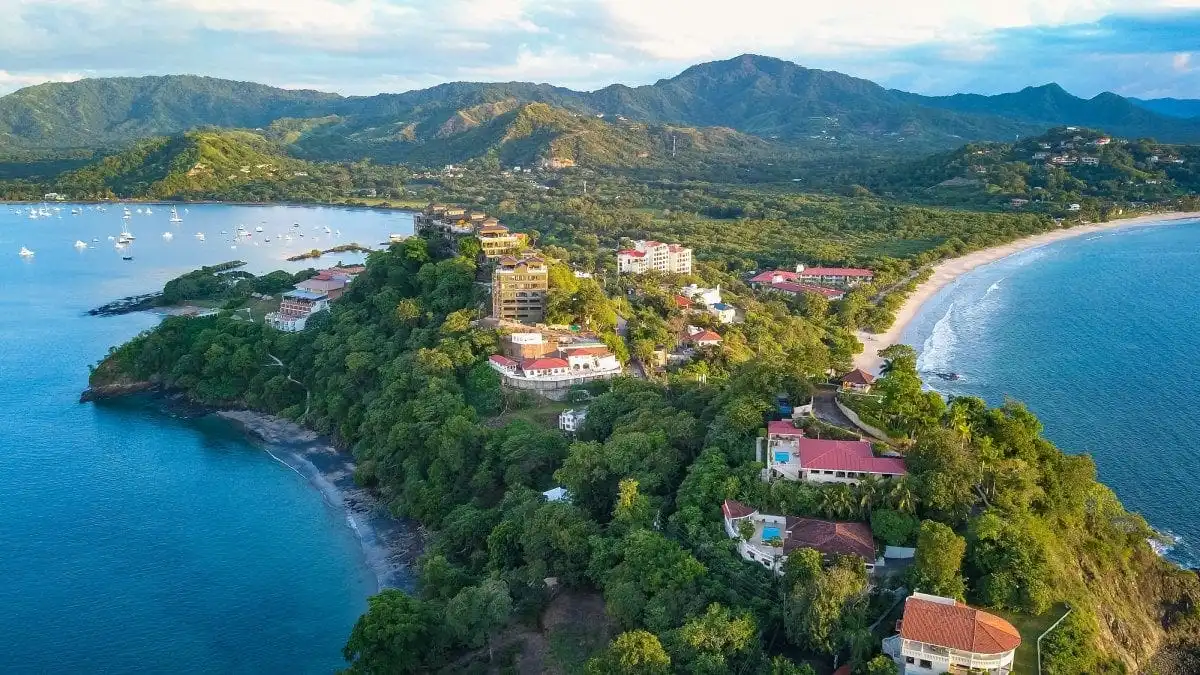The lush rainforests and pristine beaches of Costa Rica are seeing fewer footsteps this year. New data reveals an alarming downturn in the country’s vital tourism sector, threatening livelihoods and economic stability across Central America’s eco-tourism leader.

Costa Rica Tourism: The Numbers Tell the Story
According to the Costa Rican Tourism Institute (ICT), air arrivals dropped 2.8% in early 2025—a significant loss translating to just under 1.5 million visitors. European markets, historically robust, plummeted sharply: German arrivals fell nearly 14%, while Spanish and French visitors declined by similar margins. Even North American tourists, Costa Rica’s largest market, dipped slightly despite new flight routes. The only bright spot emerged from South America, where arrivals surged approximately 15%, though this couldn’t offset broader losses.
The stakes are high. Tourism contributes 8% to Costa Rica’s GDP and employs over 200,000 people, particularly in rural communities. Local businesses—from family-owned sodas (small restaurants) to wildlife guides—report dwindling bookings. Juan Carlos Borbón, a Monteverde tour operator, shared: “January reservations fell 30% year-over-year. Many families depend entirely on visitor spending.”
Why Tourists Are Staying Away
Two primary factors drive the decline. First, Costa Rica’s strong colón has made the country more expensive. The currency appreciated 9% against the U.S. dollar since 2023, raising costs for travelers. A meal that cost $15 USD now nears $18, while hotel rates climbed 12% (Central Bank of Costa Rica, January 2025).
Second, safety concerns escalated. Crime rose noticeably in Guanacaste and Limón provinces, prompting travel advisories from Canada and the U.S. State Department in late 2024. These warnings highlighted armed robberies targeting tourists near popular beaches. “Perceptions matter,” acknowledged ICT Minister William Rodríguez. “We’re enhancing police patrols in hotspots like Tamarindo.”
Pathways to Recovery
Costa Rica is countering the slump strategically:
- New Air Routes: Porter Airlines launched direct flights from Toronto/Ottawa to Guanacaste—a first for Canada’s capital.
- European Outreach: Negotiations for direct flights from Rome, Lisbon, and Copenhagen aim to revive lagging markets.
- South American Focus: Marketing blitzes target Colombian travelers, leveraging the 15% growth segment.
Despite these efforts, the ICT’s projected 1.7% annual growth faces skepticism. Industry experts like Gabriela Castillo of the National Tourism Chamber warn: “Recovery requires not just flights, but addressing safety and affordability now.”
Costa Rica’s tourism crossroads demands urgent action—stabilize costs, amplify safety, and innovate beyond “eco-paradise” branding. For a nation where 1 in 10 jobs relies on visitors, the path forward must be paved with collaboration. Explore responsibly, but explore: your next pura vida adventure directly sustains communities weathering this storm.
Must Know
Q: How much has Costa Rica tourism dropped in 2025?
A: Air arrivals fell 2.8% early this year, per ICT data. Key European markets like Germany and Spain declined nearly 14%, though South American visitors increased by 15%.
Q: Why is Costa Rica losing tourists?
A: A stronger colón raised travel costs by 12-15%, while safety concerns triggered U.S./Canada advisories after crime spikes in Guanacaste and Limón.
Q: What is Costa Rica doing to boost tourism?
A: New direct flights from Canada (Ottawa/Toronto), European route negotiations, and targeted South American marketing campaigns are key initiatives.
Q: How important is tourism to Costa Rica’s economy?
A: It contributes 8% to GDP and supports over 200,000 jobs, especially in rural areas where small businesses depend on visitors.
Q: Are Costa Rica travel warnings still active?
A: Yes. The U.S. State Department (January 2025) and Canada maintain advisories urging caution in tourist zones due to petty and violent crime.
Q: Is Costa Rica safe for eco-tourists despite the decline?
A: Most visits remain trouble-free, but travelers should avoid isolated beaches at night, use certified guides, and monitor government advisories.
iNews covers the latest and most impactful stories across
entertainment,
business,
sports,
politics, and
technology,
from AI breakthroughs to major global developments. Stay updated with the trends shaping our world. For news tips, editorial feedback, or professional inquiries, please email us at
[email protected].
Get the latest news and Breaking News first by following us on
Google News,
Twitter,
Facebook,
Telegram
, and subscribe to our
YouTube channel.



